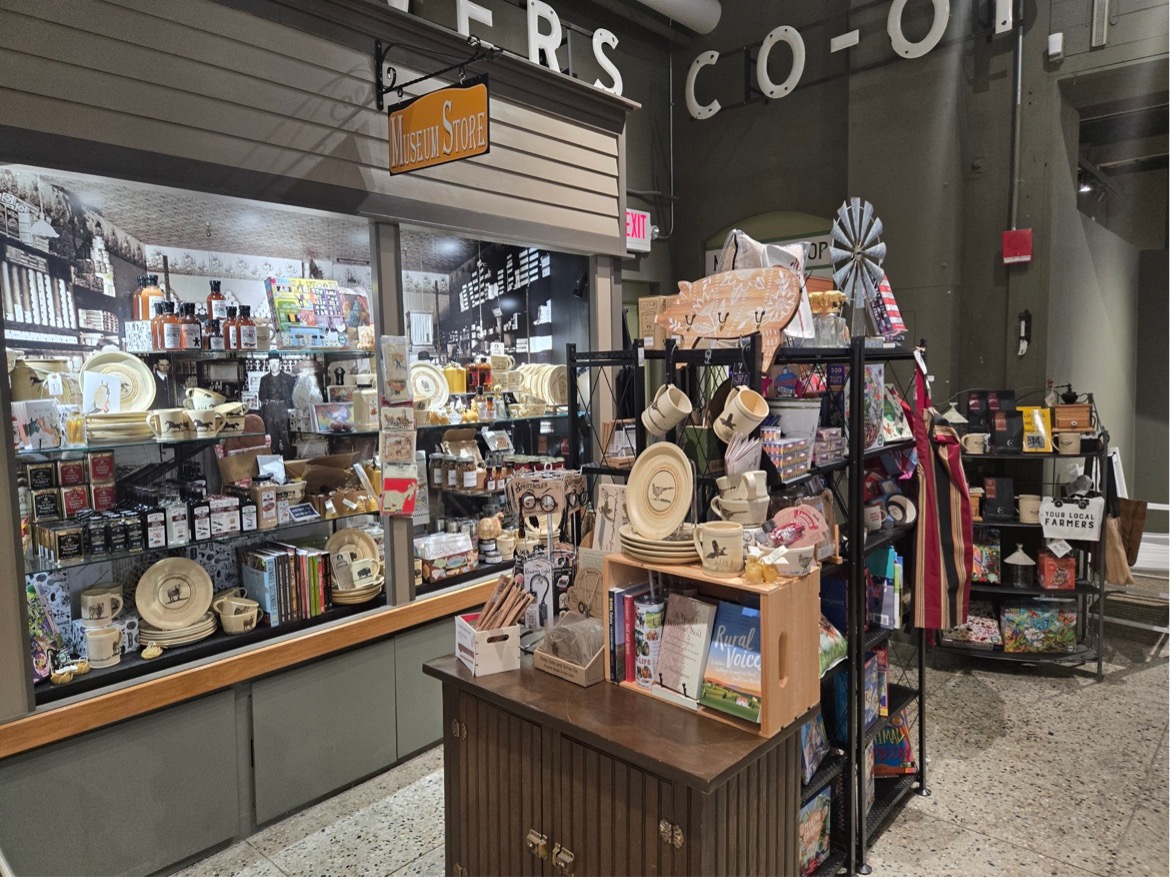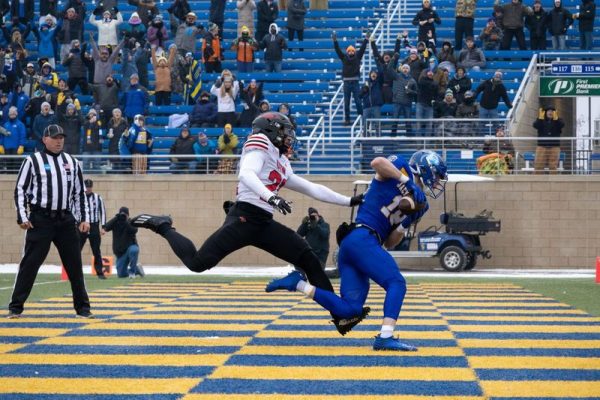AL Cloud spreads over campus
September 8, 2009
Ruth Brown
SDSU’s technology is slowly but surely improving, as the AL Cloud plan that was approved last spring begins.
On April 3, the Board of Regents approved a $6 student fee increase to improve technology on campus. The fee increase was used for both infrastructure and for training faculty and staff on how to use the new technology.
“This fall we had a kick-off training day,” said Mike Adelaine, vice president for information technology. “A lot of faculty came to that for training.”
One of the largest goals of AL Cloud was to turn SDSU into a wireless campus, making wireless Internet available to any student on campus at any time.
This summer, 135 more access points were installed. These were in addition to the 90 access points the campus had last year, Adelaine said.
“They hope to have all of the access points in by Jan. 1,” said Patrick Weber, a Students’ Association senator and graduate math major.
“We had hoped to have them up by the end of this summer, but we got the equipment in late,” Adelaine said.
Campus officials said the size of the order at 900 routers could be one reason for the delay.
“By the time (AL Cloud) got off the ground, the delay of equipment was due to just the sheer quantity of routers they were ordering,” said Weber. “The number was overwhelming and another issue is just the amount of people it takes to run all of the wires to make it work.”
“But we did make Mathews (Hall) completely wireless as we had said we would,” said Adelaine.
There are mixed opinions on wireless-only access coming from the students who live in Mathews Hall.
“It’s fine on first floor or in the basement, but I live on fourth floor and there is almost nothing up there,” said Andrew Robison, a freshman mechanical engineering major. “It would be nice if we could have both (wireless and Ethernet).”
“The higher you go the worse it gets,” said Jordan Anderson, a freshman physics major who lives on the fourth floor of Mathews. “If you are on third or fourth floor you have to have a room that’s right next to the router if you want any access.”
Some students said time of day is another important factor for wireless access.
“It’s fine in the morning or really late at night, but in the middle of the day it’s slower,” said Heath Van Hill, a sophomore mechanical engineering major who lives on the first floor of Mathews Hall. “For right now, I still think it’s faster than Ethernet was.”
In addition to making Mathews Hall wireless, other residence halls on campus now have 36 access points per hall, up from the previous 12 per hall.
“Mathews Hall is kind of a tester. We hope to see how the wireless works and then see if we need to add more or if the students like being wireless,” said Adelaine. “In the future, we hope to make them all wireless.”
The Rotunda and Hilton M. Briggs Library are also now completely wireless, and Grove Hall and Harding South are being worked on.
“The Student Union was already wireless last year, but this year it has more access points to try and make it faster,” Adelaine said. “Larson and Medary (Commons) are now wireless as well.”
Twenty various classrooms on campus are now completely wireless as well.
“Some classrooms will always have hard wire because it will be needed for the speed alone,” said Adelaine. “It just depends on the programs they are using in classes. Design classes for example will always have hard wire as well as large data sets being used by researchers.”
Other signs of technological advances can be spotted throughout campus buildings this year.
Rotunda D recently got a new projector, making it a “cloud classroom,” because it can now be interactive with students.
“The biggest change that people will be able to see is that Rotunda is now wireless,” said Weber. “It really makes wireless available to a large number of people.”
The Rotunda has a Web interface that allows students to respond to questions during a lecture using their laptop, and not just the clickers that were used in the past.
“Clickers were previously used by instructors during large classes to keep them involved,” said Adelaine. “Now they can still use the clickers but use their laptop instead.”
The Honors College was completed this summer, and is now located in Briggs Library. When they finished the Honors College, they also added a team room in Room 130.
Adelaine said, team rooms have a computer for each student as well as projectors that can be accessed from both the instructor’s podium and the student’s computer.
“Team rooms allow for a very hands-on interactive learning environment,” said Adelaine.
“In order to really make the technology advances on campus work we need to keep it a work in progress,” said Weber. “We also need to make sure the projects are what students really want and need before we use student fee dollars.”
#1.881554:1859184521.jpg:AL.Cloud.CMYK.jpg:Sophomores Victoria Pecak (left) and Meredith Sauer take advantage of the wireless Internet available in their Mathews Hall room.:Molly Ryan



















